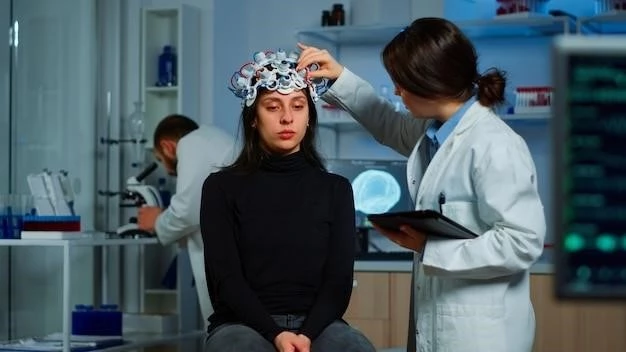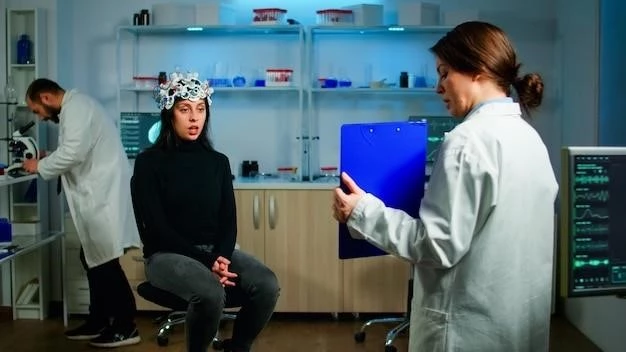Pay attention to headaches, seizures, neurological deficits, and vision changes. If you experience these symptoms, seek medical advice promptly.

Recognizing the Signs
Recognizing the signs of cerebral cavernous malformation is crucial for early intervention. Symptoms like headaches, seizures, neurological deficits, and changes in vision should not be ignored. If you experience any of these signs, it’s important to consult with a healthcare professional promptly for a proper diagnosis and treatment plan. Being proactive about seeking medical advice can lead to better outcomes and management of the condition.
Discuss treatment options with a neurosurgeon. Depending on the severity, surgery, medications, or monitoring may be recommended.
Medical Intervention
When considering medical intervention for cerebral cavernous malformation, it is crucial to consult with a neurosurgeon who specializes in this condition. Treatment options may include medications to manage symptoms, observation through periodic imaging scans for stable cases, or surgical intervention to remove the malformation if necessary. Each case is unique, and the best course of action will depend on factors such as the location, size, and symptoms of the malformation. It is essential to have a detailed discussion with your healthcare provider to determine the most appropriate treatment plan tailored to your specific situation.
Learn about the causes of cerebral cavernous malformation, such as genetic mutations or sporadic development. Stay informed for better management.
Understanding the Origin
Understanding the origin of cerebral cavernous malformation involves recognizing that genetic factors can play a role in its development. Mutations in specific genes have been linked to this condition. Additionally, some cases may occur sporadically without a clear genetic cause. Staying informed about the potential genetic factors associated with cerebral cavernous malformation can be beneficial for both individuals with the condition and their healthcare providers. This knowledge can help guide treatment decisions and ongoing management strategies to optimize outcomes and quality of life.
Follow post-surgery guidelines carefully. Rest, take prescribed medications, attend follow-up appointments, and communicate any concerns with your healthcare team.
Post-Operative Care
After undergoing cerebral cavernous malformation surgery, diligent post-operative care is essential for a successful recovery. Follow your healthcare provider’s instructions carefully, including resting adequately, taking prescribed medications as directed, attending all follow-up appointments, and promptly reporting any unusual symptoms or concerns. It’s important to communicate openly with your healthcare team to ensure a smooth recovery process and optimize your healing journey.
Stay connected with support groups, prioritize self-care, maintain a healthy lifestyle, and follow up with healthcare providers regularly for better management.
Quality of Life Strategies
When living with cerebral cavernous malformation, focus on enhancing your quality of life by staying connected with support groups or mental health professionals for emotional support. Prioritize self-care practices, such as mindfulness, relaxation techniques, and maintaining a healthy lifestyle through exercise and balanced nutrition. Regularly follow up with your healthcare providers for monitoring and adjustments to your treatment plan, fostering a proactive approach to managing your condition and overall well-being.
